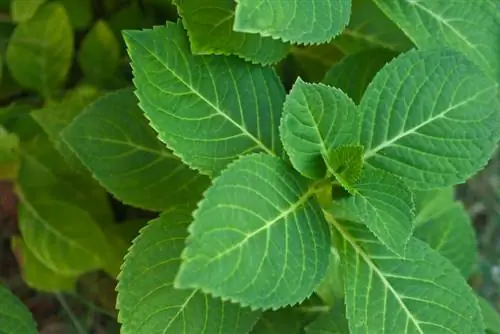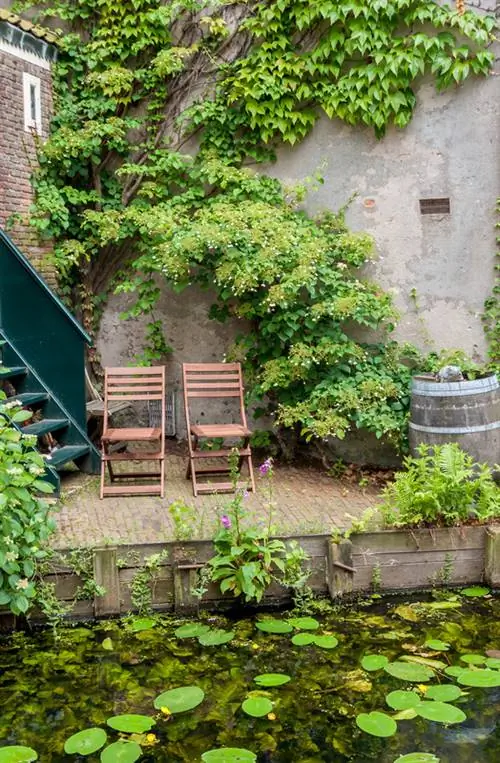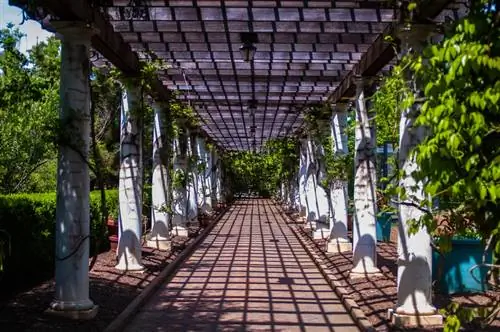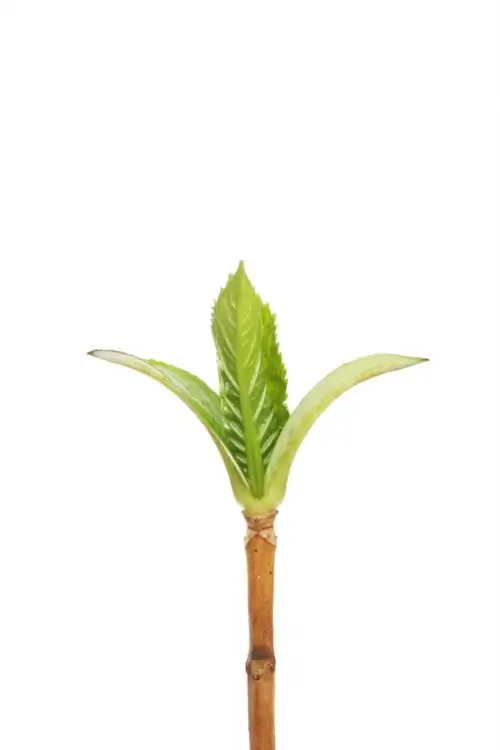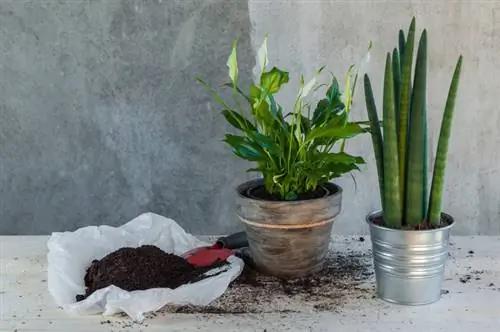- Author admin [email protected].
- Public 2023-12-16 16:46.
- Last modified 2025-01-23 11:20.
Climbing hydrangeas are ideal for cladding a shady north wall, but also thrive in full sun. After planting and in the following three to four years, a lot of moisture is needed, especially in summer. However, once the plant is established, it tolerates drought quite well.
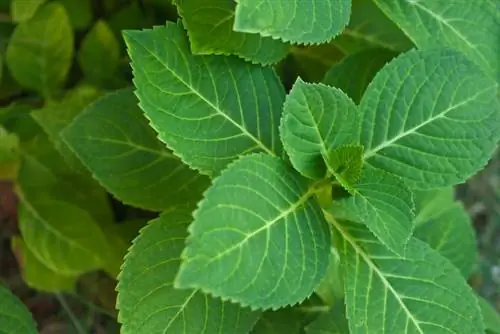
What is the best way to propagate climbing hydrangeas?
Climbing hydrangeas are best propagated using top cuttings from 10-15 cm long side shoots. Propagation period is July-August. Plant the cuttings in a 1:1 sand-peat mixture, keep them moist and frost-free until planting out in spring.
Select and prepare cuttings
Hydrangea anomala ssp. petiolaris, as the climbing hydrangea is called in botanical Latin, can best be propagated via head cuttings. These are the shoot tips of an already woody side shoot, preferably this year's. This should neither have bloomed nor have flower buds, both of which simply take too much energy from the cutting. Select a side shoot about 10 to 15 centimeters long and cut it off just below one eye. All lower leaves should be removed so that the cutting does not evaporate too much moisture. However, the top two or three leaves can remain.
When are climbing hydrangeas best propagated?
The best time to propagate climbing hydrangeas is the summer months of July and August. This type of hydrangea blooms between June and July, so flowering is complete by the time the cuttings are taken. In addition, the young shoots had enough time to mature.
Planting and caring for cuttings
The cutting surface of the cutting to be rooted should be kept as slanted as possible, as this makes it easier for the shoot to absorb water. Dipping it into a rooting powder (€9.00 on Amazon) also stimulates the formation of young roots. You can then plant the climbing hydrangea cuttings in a sand-peat mixture, with a mixing ratio of 1:1 proving to be most effective. Place the pot with the young cuttings in a bright place out of direct sunlight and keep them evenly moist.
Young plants are still very sensitive to frost
The cuttings should not overwinter outdoors as they are still very sensitive and will freeze there. It is best to overwinter them in a frost-free but cool and bright place. The young plants only come to their final location in spring, as soon as late frosts are no longer expected. This can be expected from mid-May at the earliest. Fill the planting hole with a mixture of excavated soil, mature mixed compost and ericaceous soil so that the young climbing hydrangeas have the best possible start.
Tips & Tricks
If you take cuttings from leafy shoots, the loss of moisture must be limited by the natural transpiration of the leaves: The cuttings should be grown in a cold frame or under protective hoods (e.g. a mason jar placed over the top), where high humidity forms can.

